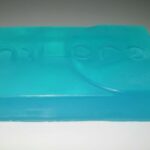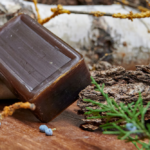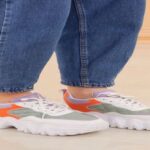- What are the advantages of Turkish travertine?
- Where to use this stone?
- Is Turkish travertine frost resistant?
- What is the best surface treatment for travertine?
- Purchasing: What should you remember?
 1.What are the advantages of Turkish travertine?
1.What are the advantages of Turkish travertine?
Like Italian travertine, Turkish travertine exists in different qualities and types. That is why there is only one travertine in Turkey. You have to check the lot and the quality of the stone as in any other country. The excellent price-performance ratio of indoor and outdoor travertine, as well as the wide range of colors and patterns, are the reasons why Turkish travertine is so popular. Turkish quarries deliver a wide range of colors: from light beige to darker beige.
2.Where to use this stone?
Turkish travertine can be laid almost anywhere in the house or in the garden. This travertine can be laid indoors as a tiling for the floor or as a wall covering and outdoors as a terrace or a swimming pool coping. If it is a natural stone, the proper thickness and careful laying are crucial. The natural stone slabs outside must be 3 cm thick in frost-prone countries. In southern countries, it is sometimes possible to use tiles with a thickness of 1 to 2 centimeters. Interior travertine tiles can be 1 to 1.2 cm thick.
Be sure to use an adhesive mortar suitable for natural stone. Besides, for indoor installation, glueing of tiles is recommended, if the stone has many open pores. Outside, the stones are often placed on a bed of fine gravel. The unique thing here is that when laying natural stone outdoors, great care must be taken to ensure good water flow.
3.Is Turkish travertine frost resistant?
Experience proves that it is! Natural stone slabs made of travertine can be laid anywhere outdoors. To date, no problems have been reported regarding any frost damage to the stone. Of course, the correct method of laying the stone floor must be respected and used, as the water must be perfectly drained so that there is no stagnant water. If the installation has not been done correctly and the minimum 3% slope has not been respected, water would remain in the open pores of the travertine, freeze, and generate cracks in the stone.
In addition, we recommend dry laying on a bed of (fine) gravel. If you want to be sure when buying, it is best to ask your stone dealer for a frost resistance certificate from an independent institute. For a natural stone to be certified frost-resistant, experts randomly take a portion of the stone block and subject it to various tests.
4.What is the best surface treatment for travertine?
The most common surface treatments for Turkish travertine are “tumbled”, such as Medium travertine tiles, “softened”, such as Natura travertine, and “softened and filled”, such as Classic Light travertine. The tumbled or softened surface is also suitable for natural stone slabs outdoors with sufficient thickness. Please also ensure that the surface of the travertine tile remains non-slip, that the softened effect remains rough and not too smooth. You can find these surface treatments with our models of travertine tiles for interiors.
The “softened and masticate” surface is very often requested, as the pores typical of travertine are no longer apparent and the stone gains a touch of elegance. A travertine specialist knows that the style of travertine is determined by the number of its pores and their size. If a stone has a lot of pores, it is said to be rustic style or, conversely, it looks modern.
5.Purchasing: What should you remember?
There are three essential things to know if you buy Turkish travertine.
1.There are different models:
Stones with very few pores and few color variations between tiles from the same batch, which are the result of a special selection, such as Classic Light travertine. This selection contrasts with the more common commercial range that has more shades of color and more or less large pores, such as Rustic travertine. During the purchase, it would be more advantageous for the interested parties to know from which selection comes the model which is proposed to them to be able to compare the prices.
2.Masticate travertines are not always maintenance-free.
After a few years, or rather, after a few decades, it is normal for the pores that have been masticated to be slightly visible again. Then you have to masticate them back to close them again.
3.As a customer, you will need to prepare and plan the installation, as travertine has unique characteristics that must be respected during installation.
This is why the tile setter should have experience in laying natural stone. If you choose to put it yourself, ask your natural stone dealer about the installation method. You can find on the internet videos with advice on waterproofing and grouting indoor travertine.
If you wish to buy Turkish travertine from Turkey, please do not hesitate to contact us by mail at [email protected] or to call us at +90 532 361 5149. We can help you to get in direct contact with producers or provide you with everything that you need.
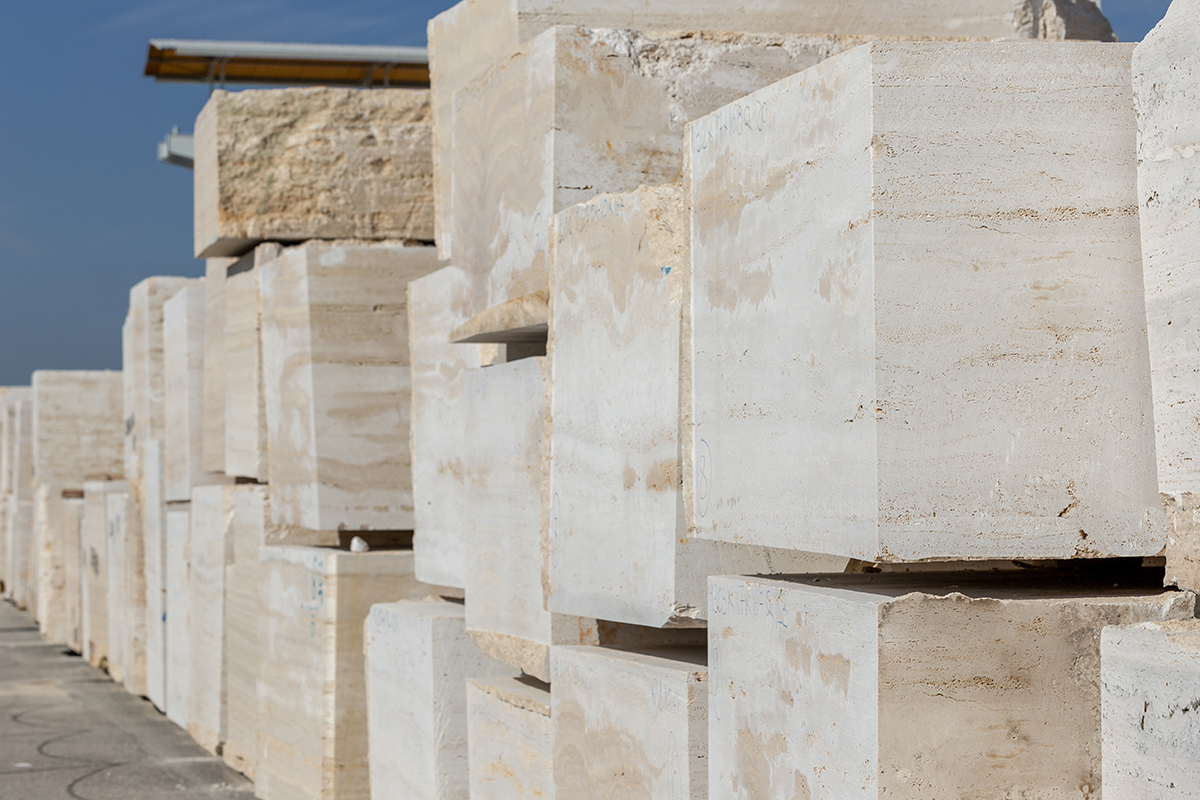
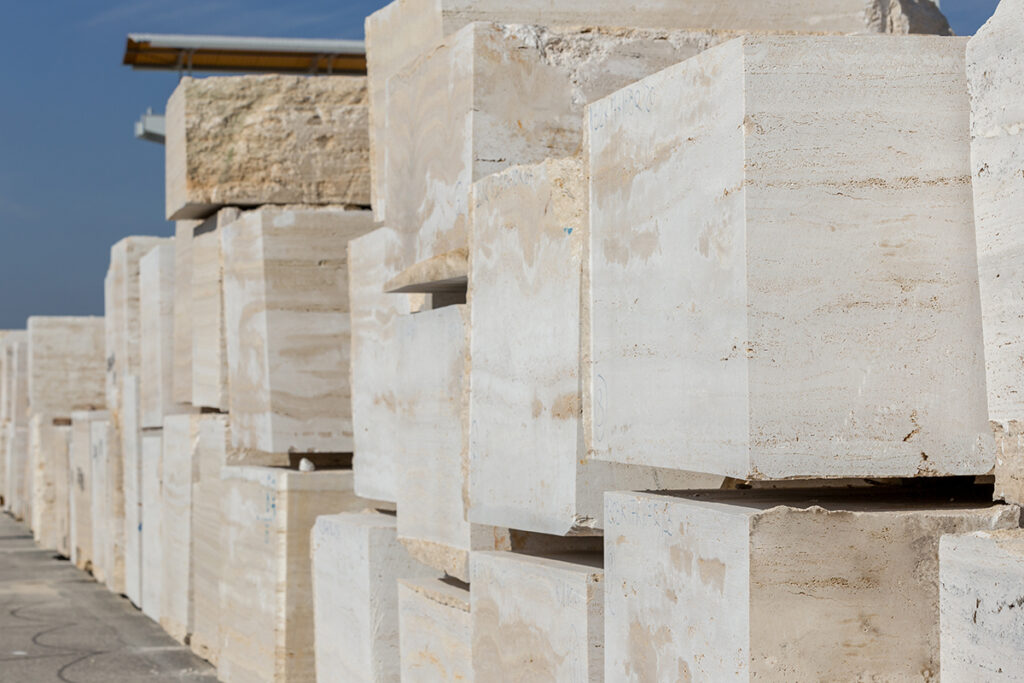 1.What are the advantages of Turkish travertine?
1.What are the advantages of Turkish travertine?



